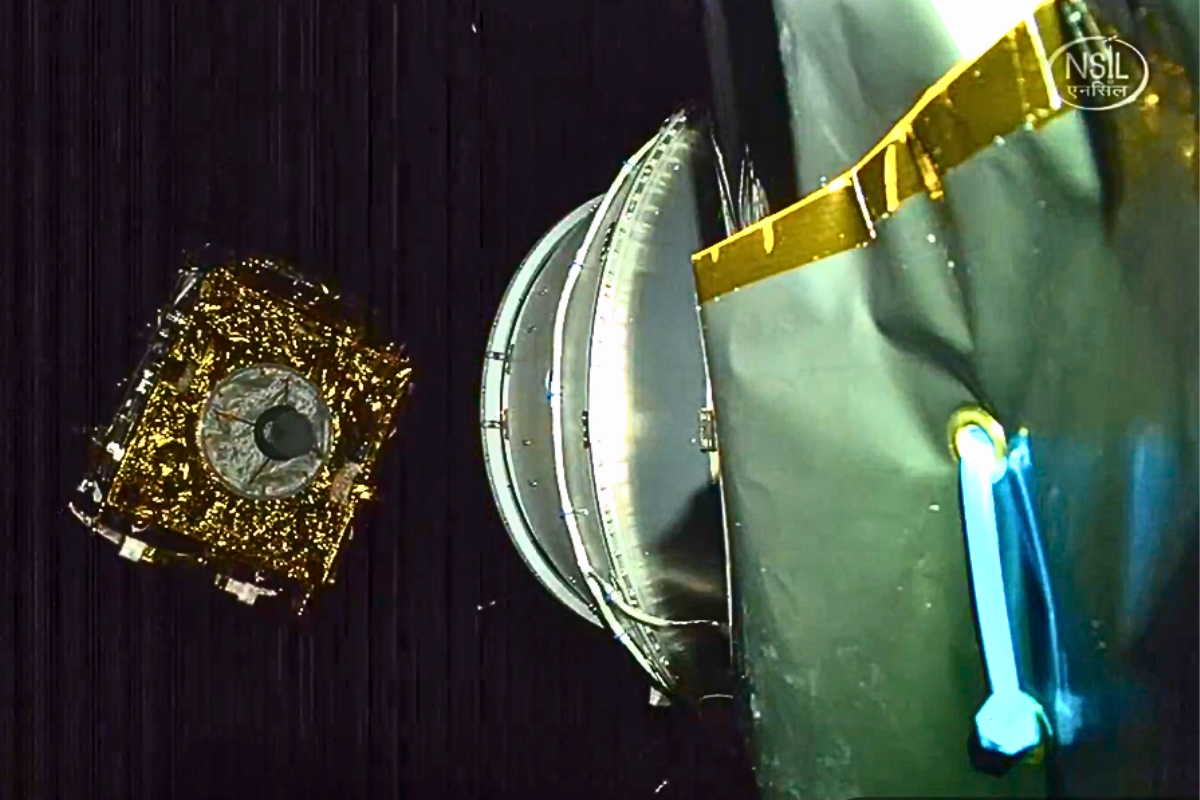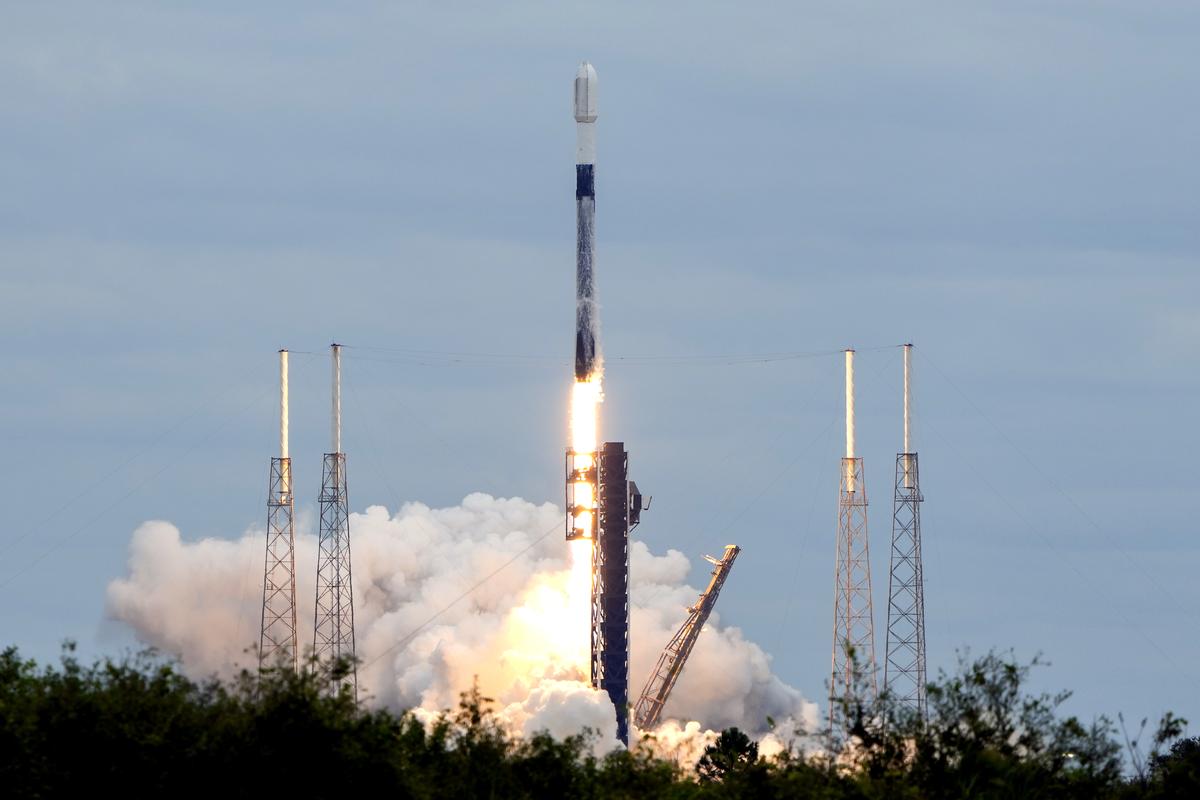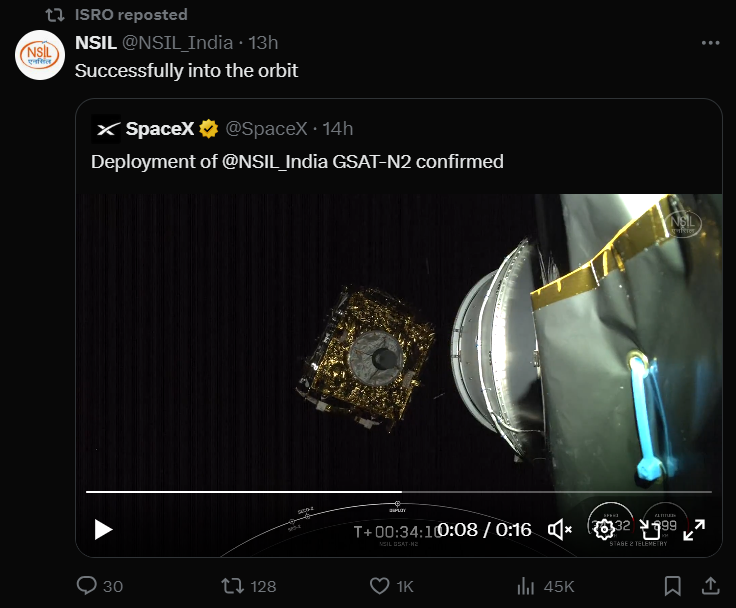The SpaceX rocket carrying the GSAT-N2 communication satellite, dubbed the GSAT-20, was successfully launched on November 19, 2024, on a mission for the Indian Space Research Organisation (ISRO) from the Cape Canaveral Space Force Station in Florida. In this perspective, this launch will mark the first-ever cooperation between ISRO and Elon Musk's SpaceX, catapulting ISRO into a commercially lucrative deal in the near future.

Launch Details
At 12:01 AM IST, the Falcon 9 rocket precisely injected the GSAT-N2 satellite into the geosynchronous transfer orbit. Radhakrishnan Durairaj, chairman of NewSpace India Limited-NSIL, ISRO's commercial arm, confirmed the successful placing of the satellite into orbit with remarkable accuracy. It is the first event anticipated to be many to come between ISRO and SpaceX, improving the space technology capability of India.
Understanding GSAT-N2
GSAT-N2 is an advanced communication satellite developed jointly by ISRO's Satellite Centre and Liquid Propulsion Systems Centre. With a data transmission capability of 48 Gbps, it aims to strengthen broadband services and enable in-flight connectivity across India. Continuing the legacy of the GSAT series, this satellite will help India's Smart Cities Mission by providing the essential communication infrastructure.
The key features of GSAT-N2 are:
- Mission Life: The satellite has been designed with a life of 14 years.
- User Beams: Carrying 32 user beams that consist of eight narrow spot beams for the Northeast region and 24 wide spot beams for other areas.
- Ka-Band High:Throughput Payload: Provides a significant boost to data transmission capability.
Multi-beam architecture for the satellite enables frequency reuse, thus bringing about significantly high system throughput that ensures robust communication networks across India.
Why SpaceX?
Historically, ISRO has placed reliance on Arianespace for launching heavy payloads with the help of the Ariane rockets. However, considering operational limitations and the weight of GSAT-N2 at 4,700 kg, ISRO wanted a launch vehicle that was more capable. Indian rocket LVM-3 can carry only 4,000 kg. So, here again, because of proven track record and the capacity for heavier payloads, this was a perfect opportunity for SpaceX with its Falcon 9.

About Falcon 9
The Falcon 9 is a SpaceX-designed, reusable two-stage rocket that efficiently transports payload into Earth orbit and even further. As the first orbital-class reusable rocket in the world, it offers cost-cutting benefits through reusability. In this flight, the first-stage booster of the Falcon 9 completed 19 successful flights, demonstrating its reliability having made many successful flights.
End Note
With this launch of GSAT-N2, SpaceX has marked a new page in India's space exploration program. The success of this collaboration not only bolsters India's communication infrastructure but also opens doors for future cooperation in the global space industry. The event, in this case, represents a technical but a strategic partnership between India and those like SpaceX as countries increasingly collaborate on space technology. Such initiatives might lead to advancements that benefit a far greater number of sectors within India.
With inputs from agencies
Image Source: Multiple agencies
© Copyright 2024. All Rights Reserved Powered by Vygr Media.

























